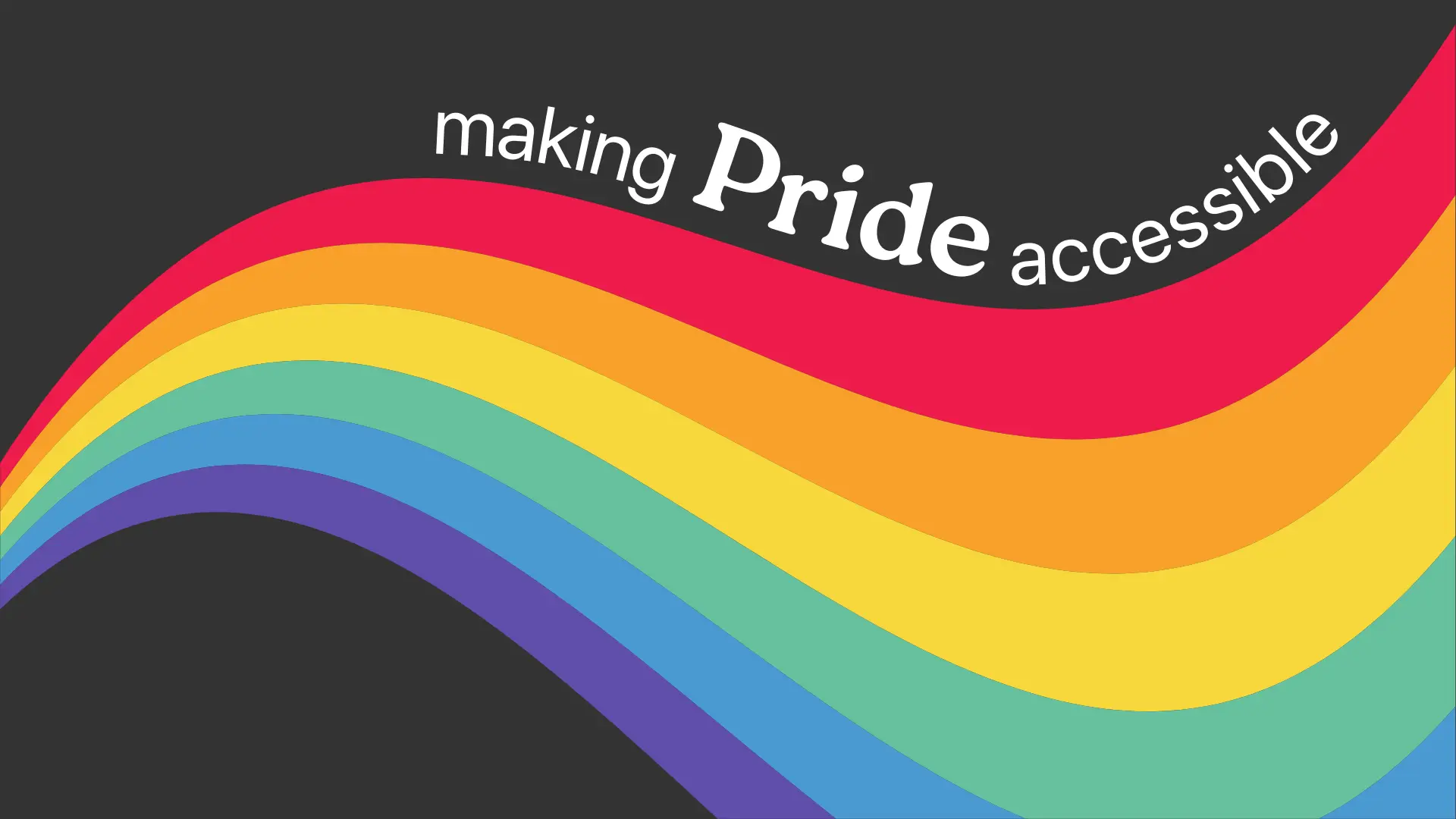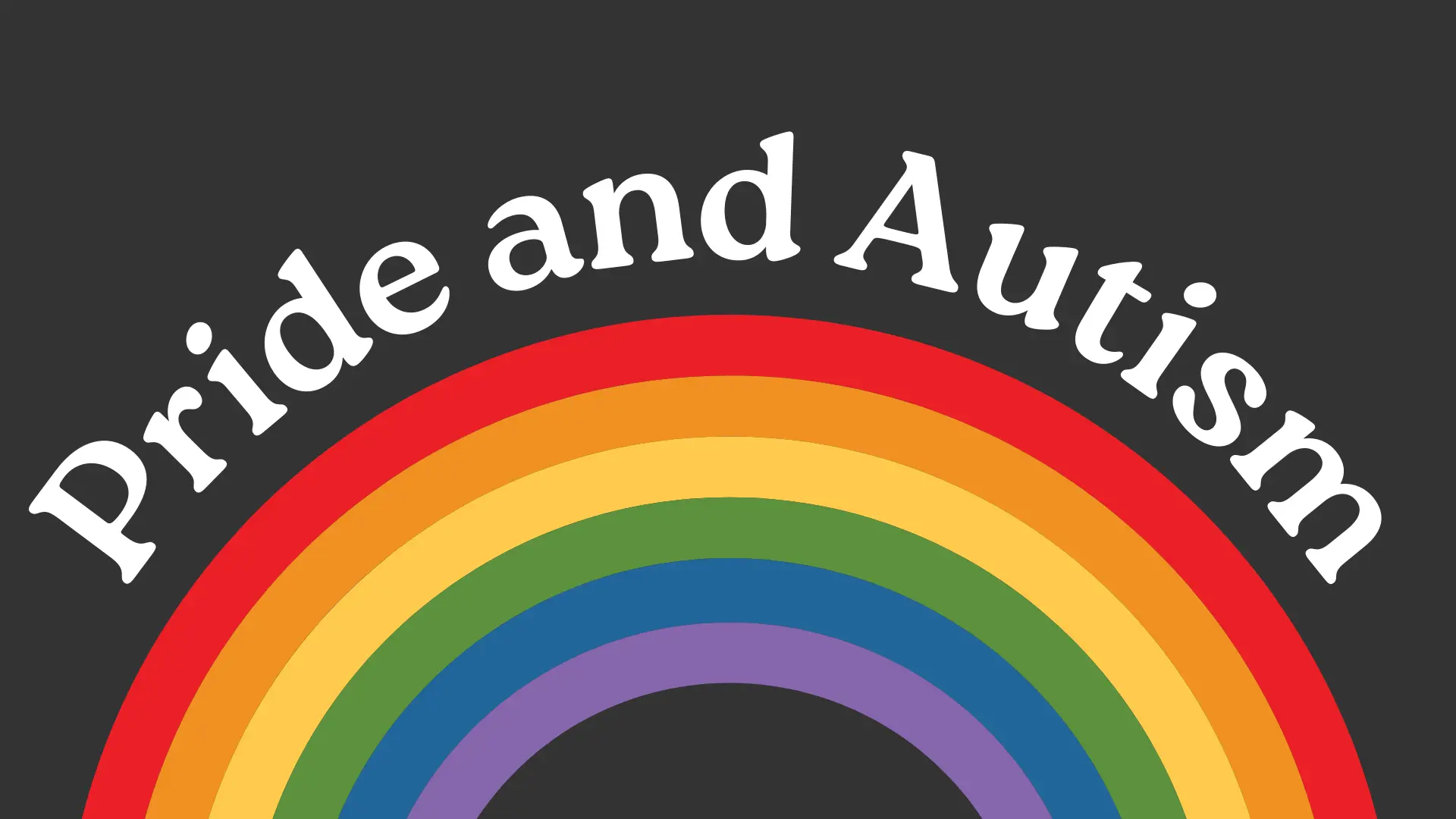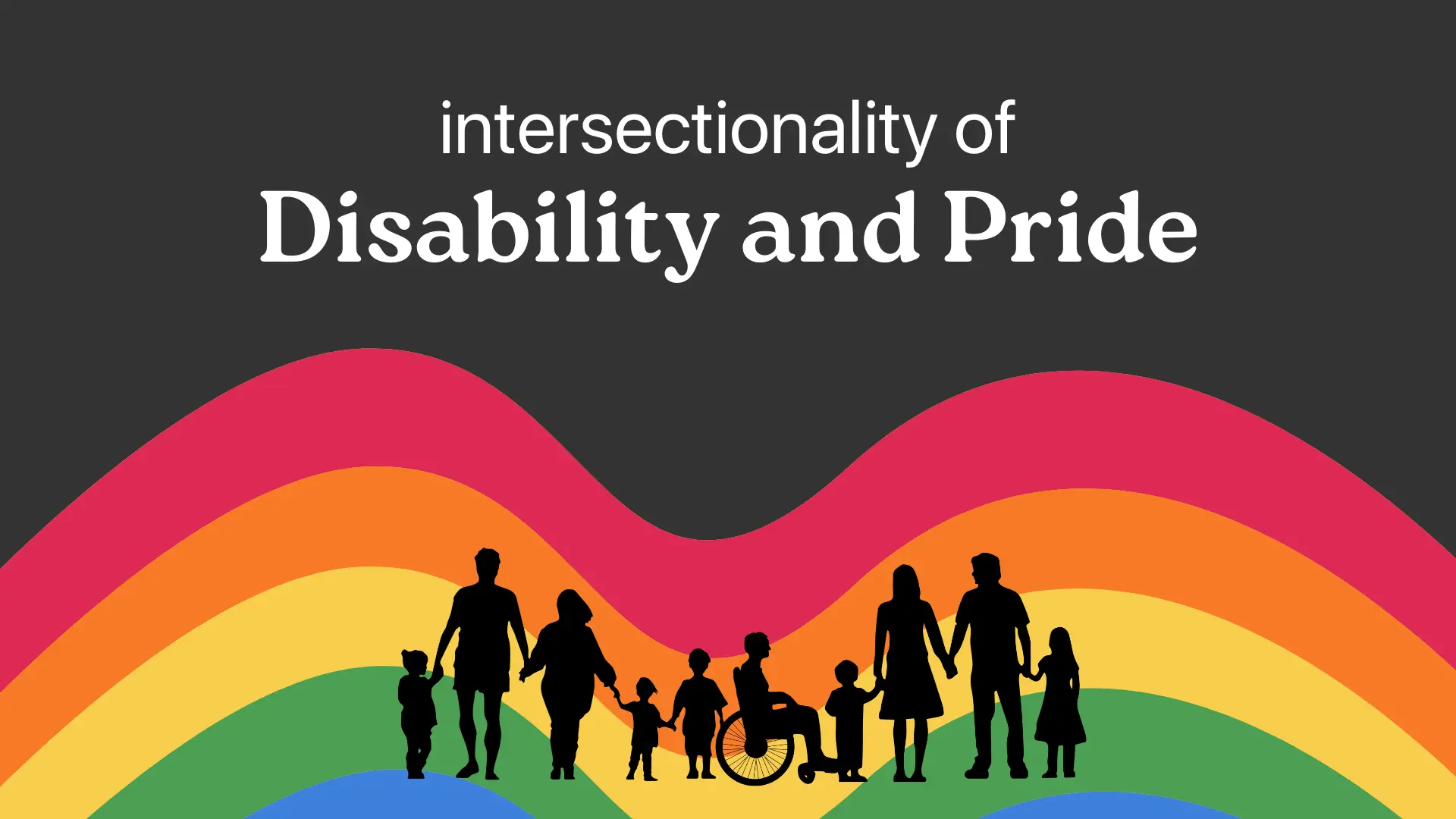Pride events have been historically inaccessible for disabled people. From the lack of sign language interpreters, to hosting events that are not wheelchair accessible, the list goes on. Intersectionality of queer people and disabled people is evident, and by making these events inaccessible, Pride is shutting out and harming a large part of its community.
Accessibility at In-Person Events
Pride is a vibrant, energetic celebration, but without certain provisions, it remains out of reach for many. A few ways to enhance in-person accessibility include:
- Physical Accessibility: Installing ramps, ensuring broad doorways, and accessible bathrooms are basics. Offering loaner wheelchairs and scooters can further assist attendees.
- Seating Arrangements: Designate special seating for disabled individuals near exits and upfront, ensuring they have an unobstructed experience.
- Coordination & Leadership: Form a specialized team to handle accessibility concerns. By involving disabled individuals in event planning and leadership roles, events can better cater to their needs.
- Registration Considerations: During event sign-ups, provide attendees an option to express any specific accessibility requirements they might have.
- Health & Comfort: Instituting a scent-free policy can accommodate attendees with sensitivities, while quiet rooms can offer a retreat for those feeling overwhelmed.
- Virtual Alternatives: Alongside physical events, offer livestreams for those who can’t attend in person.
Accessibility at Virtual Events
The digital age allows Pride to transcend geographical boundaries, but there are still barriers to break. For truly inclusive virtual events:
- Captioning: Always offer live captioning. This aids not only the hearing impaired but also those who might face language barriers or connectivity issues.
- Platform Compatibility: Use platforms compatible with screen readers, such as Zoom, ensuring everyone can participate seamlessly.
- Pre-event Preparations: Distribute any visual or written materials ahead of time, so participants can familiarize themselves and ensure their tech setup is ready.
- Minimize Distractions: Encourage participants to mute their microphones when not speaking, helping maintain focus and reduce auditory overload.
Making Pride accessible is not merely a gesture of inclusivity but a vital reaffirmation of its core values. A truly inclusive Pride is one where every individual, irrespective of their abilities, feels seen, heard, and celebrated. The journey to inclusivity is ongoing, but with concerted efforts and genuine commitment, Pride can be a beacon of accessibility and true acceptance for all.

 From My Lens: Pride and Autism
From My Lens: Pride and Autism